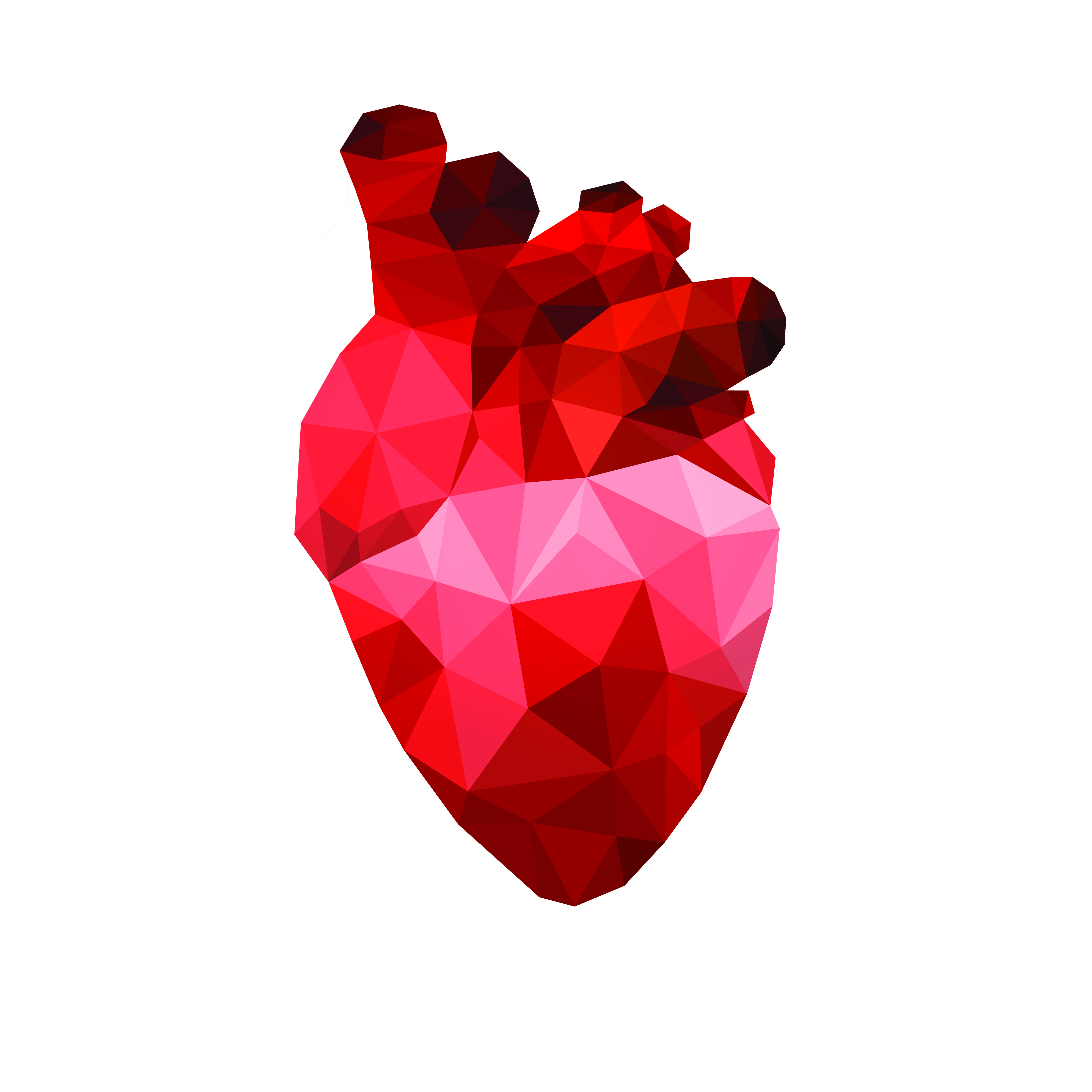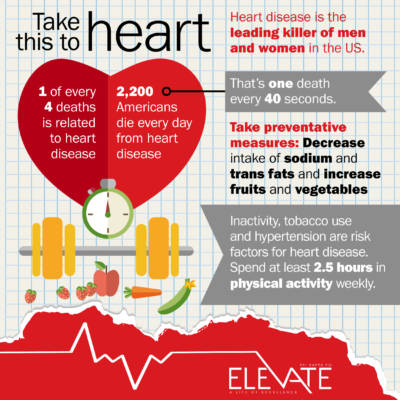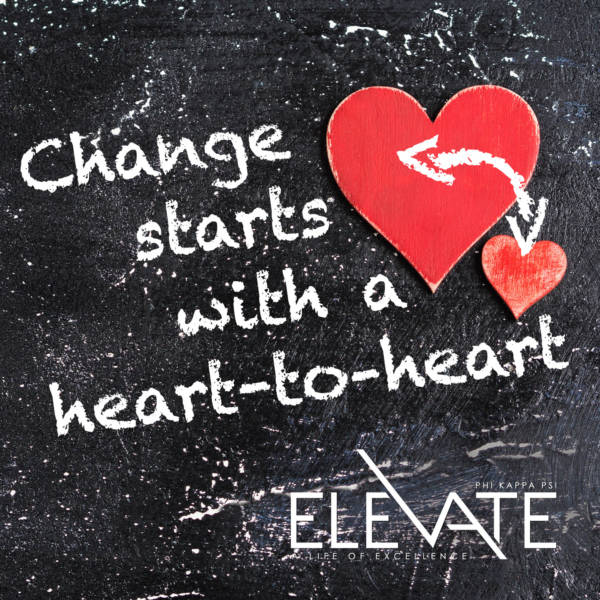
Heart disease is the leading cause of death for men. About 47% of Americans have at least one of the three major risk factors for heart disease – High Blood Pressure, High Cholesterol and/or Smoking. While heart disease may not seem like an immediate risk, creating healthy habits now can set you on the path for a health across your lifespan. This is why Phi Kappa Psi observes American Heart Month in February through ELEVATE
Strong Men Put Their Heart Health First
Heart disease is the leading cause of death for men and women in the United States. Every year, 1 in 4 deaths are caused by heart disease. It is a range of conditions including arrhythmia, coronary artery disease, and congenital heart defects. The term ‘heart disease’ is often used to describe conditions which involve narrow or blocked blood vessels which can lead to heart attack, chest pains or stroke.
There is good news, though. Heart disease can often be prevented when people make healthy choices and manage their health conditions. Communities, health professionals and families can work together to create opportunities for people to make healthier choices. While Americans of all backgrounds are at risk, affects African American men, especially those in the southeast, are at the highest risk for heart disease.
Additional risk factors include diabetes, obesity, poor diet, physical inactivity and excessive alcohol use.
- About 610,000 people die of heart disease in the United States every year-that’s 1 in every 4 deaths.
- Heart disease is the leading cause of death for both men and women. More than half of the deaths due to heart disease in 2009 were in men.
- Coronary heart disease (CHD) is the most common type of heart disease, killing over 370,000 people annually.
- Every year about 735,000 Americans have a heart attack. Of these, 525,000 are a first heart attack and 210,000 happen in people who have already had a heart attack.
What You Should Know
As a young adult, your heart is at it’s healthiest and is generally resilient. Incorporating simple lifestyle choices in your day to day will ensure that you maintain a strong heart as you age.
The 5/4/2/0 Rule:
- 5 servings of fruits and veggies each day.
- 4 days a week of exercise. This should total 150 minutes.
- In this case, exercise means aerobic activity. Get that heart rate up!
- No more than 2 hours of screen time/day.
- High levels of screen time and heart disease are highly correlated especially in young people. But, this is a tough one to practice when you are in school or generally work in front of a computer. Making sure you stay active is a great way to combat this if screen time is unavoidable for you.
- Take breaks when working, this increases focus and energy, and try to put your phone down before bed for a more restful sleep.
- 0 sugary/sweet carbonated beverages.

Heart Attacks
Roughly 15% of people who have a heart attack will die from it. Immediate action is imperative to increase the survival chances for someone suffering from a heart attack. If you see the major signs of a heart attack, call 9-1-1 immediately. The symptoms include:
- Chest pain or discomfort.
Most heart attacks involve discomfort in the center or left side of the chest that lasts for more than a few minutes, or that goes away and comes back. The discomfort can feel like uncomfortable pressure, squeezing, fullness, or pain. - Discomfort in other areas of the upper body.
Can include pain or discomfort in one or both arms, the back, neck, jaw, or stomach. - Shortness of breath.
Often comes along with chest discomfort. But it also can occur before chest discomfort. - Other symptoms.
May include breaking out in a cold sweat, nausea, or light-headedness.
For more information, check out the Center for Disease Control’s Heart Disease Page. Included on this page are additional fact sheets and information regarding heart disease. You can also check out the chapter toolkit.
*Information sourced from the Center For Disease Control and the Mayo Clinic.


